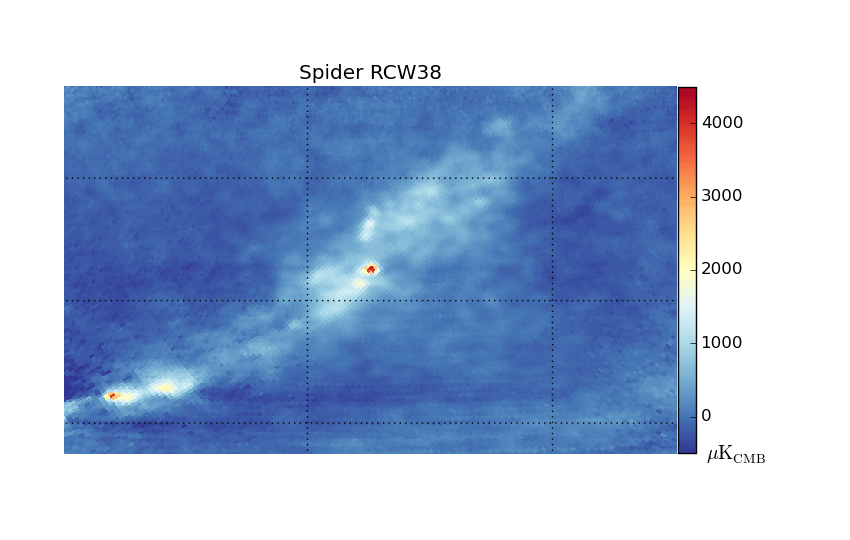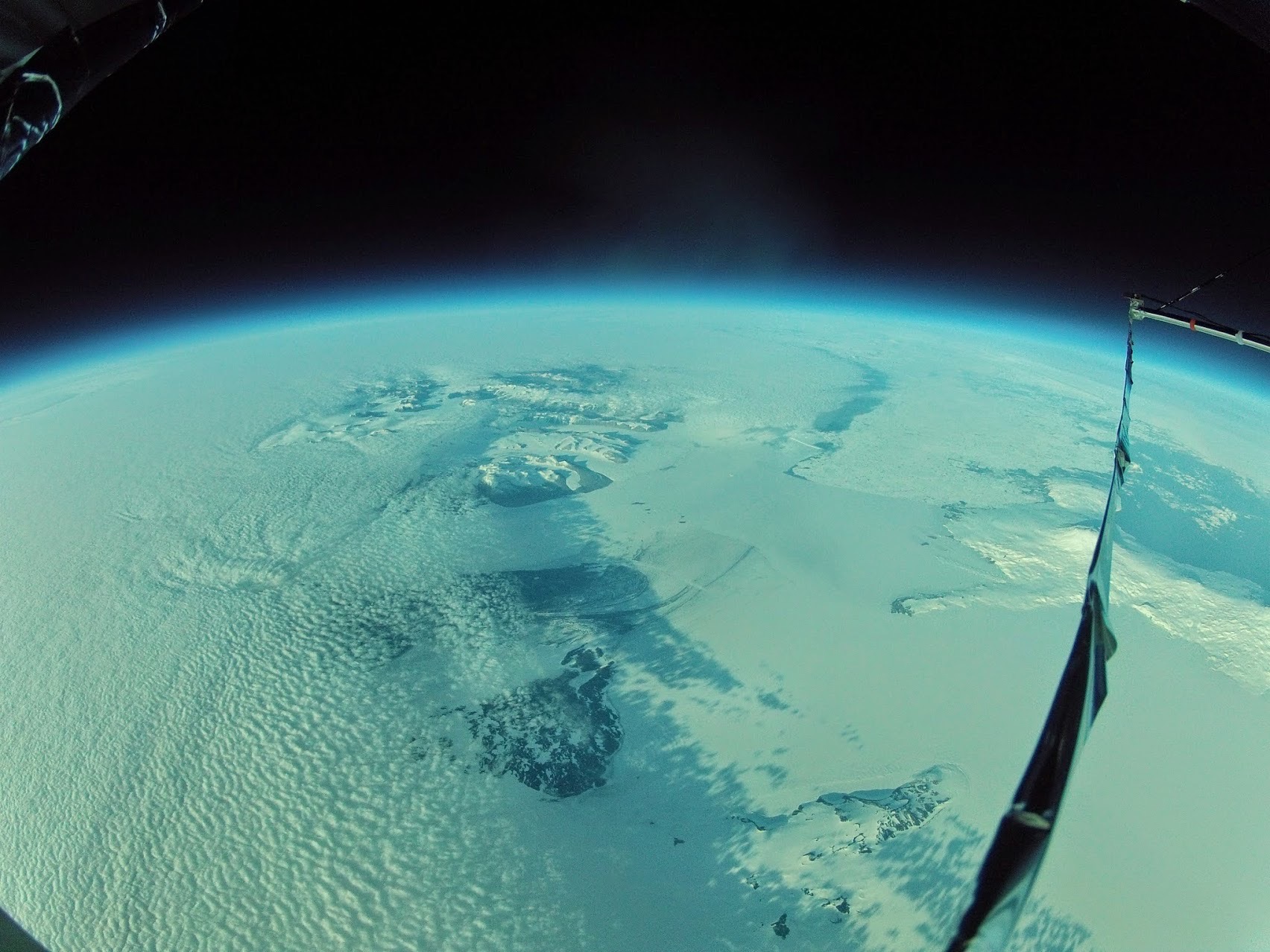Turns out it’s much easier to keep a blog going when you’re stranded in Antarctica away from family and non-work friends! I returned from the Ice shortly after launch, just in time for a sonogram of my now two month old son. Needless to say, he’s kept me busy outside of work and is one of the many reasons it’s taken me seven months to sit down and write a post. I’ll write more about my son Otis and my other excuses for the long blog hiatus in an upcoming post, but first, an update on SPIDER.
In a nutshell, the experiment worked beautifully. We ended up terminating the flight after 16 days and landing the payload on the West Antarctic Plateau; kind of the definition of the middle of nowhere. This especially remote landing site led to a lot of nail biting over whether we’d be able to retrieve our data this year, but in the end, some amazing folks with the British Antarctica Survey were able to get to the payload and scavenge the data drives and smaller bits of the instrument. Read more about the recovery on our main blog. The cryogenic vessel containing our specialized detectors within it was simply too big to retrieve this year with the available resources. We knew the chances of getting back the cryostat in one piece in time for our planned second flight were slim, so most of my work just before heading to and since returning from the Ice has focused on getting a second cryogenic vessel built and tested. The hope is we’ll get the full instrument back next season in time to we can reuse some components for our second flight.
I’ve also been helping with analysis of the flight data, once we got our hands on it. The first data bits retrieved from the ice that we looked at were more for PR: images from some GoPros we had mounted to the instrument looking back down at Earth. The below video shows the images from one camera corrected for lens aberration and stitched together into a video. It starts with some more amusing footage of us preparing to roll the instrument out on launch day, rolling out of the high bay for testing, our long delay on the launch pad (watch the shadows on the Ice!) that gave us some time to take a group picture, and finally launch itself at approximately 2:40 and some pretty stunning views looking back at Earth in the second half of the video.
While these images have nothing to do with our science, it was still pretty exciting to see such beautiful evidence that we’d successfully sent an instrument into the stratosphere and, more importantly, recovered data from it!
Reducing the science data is of course an ongoing, more complex operation. The team was able to create some early maps of the sky that concisely summarize the instrument’s performance and captures why the we’re so excited about our data set. The image below is a gif that flashes between a map of the galactic region RCW38 made using a very small subset of SPIDER’s data and one using the Planck satellite data, smoothed to SPIDER’s beam size. The fact that the major bright features line up well indicate our pointing solution (a model for the telescope that tells us where we’re looking on the sky) is already performing wonderfully. We were especially excited to see the fainter features towards the edges of the map; those are CMB anisotropies!

There’s not much more I can say at this point aside from “the data looks good!” Scientists become a relatively quiet and secretive bunch once new data sets holding the possibility of exciting results are being analyzed. The first steps of statistically characterizing and calibrating the data have gone much faster than I anticipated given my past experience; there’s a clear difference in approach and pace for the analysis of data from ground based and balloon-borne experiments simply driven by the higher sensitivity and smaller data set.
The hope is to have results from this first flight out in about a year, but it’s still early days in the analysis. We’re also simultaneously pushing for our second flight during the 2017/2018 season, but there are a lot of logistical hurdles to clear in getting there. It’s certainly an exciting and busy time for the SPIDER team!
